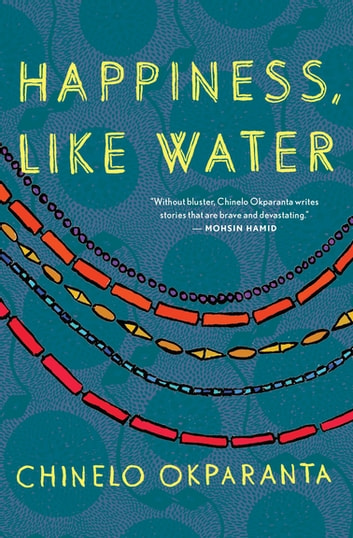Happiness Like Water by Chinelo Okparanta
All of the stories in this book are centered around Nigerian women living through different life experiences. The first half of the book is based in Nigeria while the latter half is based in the United States. Okparanta, manages to transition from one country to another without creating a slump in the second half of the book which I find very remarkable. The stories that are based in Nigeria are written from a third person perspective whilst those in America are written in the first person. This change of voice keeps the book exciting and enticing to the reader as the narrators are constantly changing.
One of my favorite stories is the first story called ‘On Ohaeto Street’. This story is about a young, rich couple, Chinwe and Eze, who live in a housing estate on Ohaeto Street. Chinwe and Eze’s relationship is largely based on the wishes of Chinwe’s mother who initially thought Eze a suitable husband for her daughter. For example, it is Chinwe’s mother who encourages them to move to Ohaeto street. Throughout their love story it seems that Chinwe is acting on the will of both her mother and her newly found husband making her seem passive and submissive. However, after an attack that occurs in their house Chinwe seems for the first time to be acting on her own will. She decides to leave her husband, suggesting an agency that she did not seem to have before. However, we discover that the story is being told by her new husband which makes the reader feel like, once again, Chinwe succumbed to the will of others at her own detriment.
This story is similar to other stories in the book as it shows a desire on behalf of the black Nigerian women to act in their best interests, however, this is a challenge as they are not afforded much agency by their environment and by people around them. This lack of agency can be attributed not only to their gender but also to their race. Chinelo Okparanta adds to this feeling of a lack of agency by often not having the women whom the story centers around tell their own story. Through this way of writing she raises many questions in the mind of the reader of who is afforded the writer to speak and who is silenced by having their stories taken away and told by someone else.
The book encompasses topics from sexism, to domestic abuse, to colourism, to racism and homosexuality. In its multiplicity of characters it invokes many emotions from anger to joy, from pity to relief that make reading this an memorable experience.




